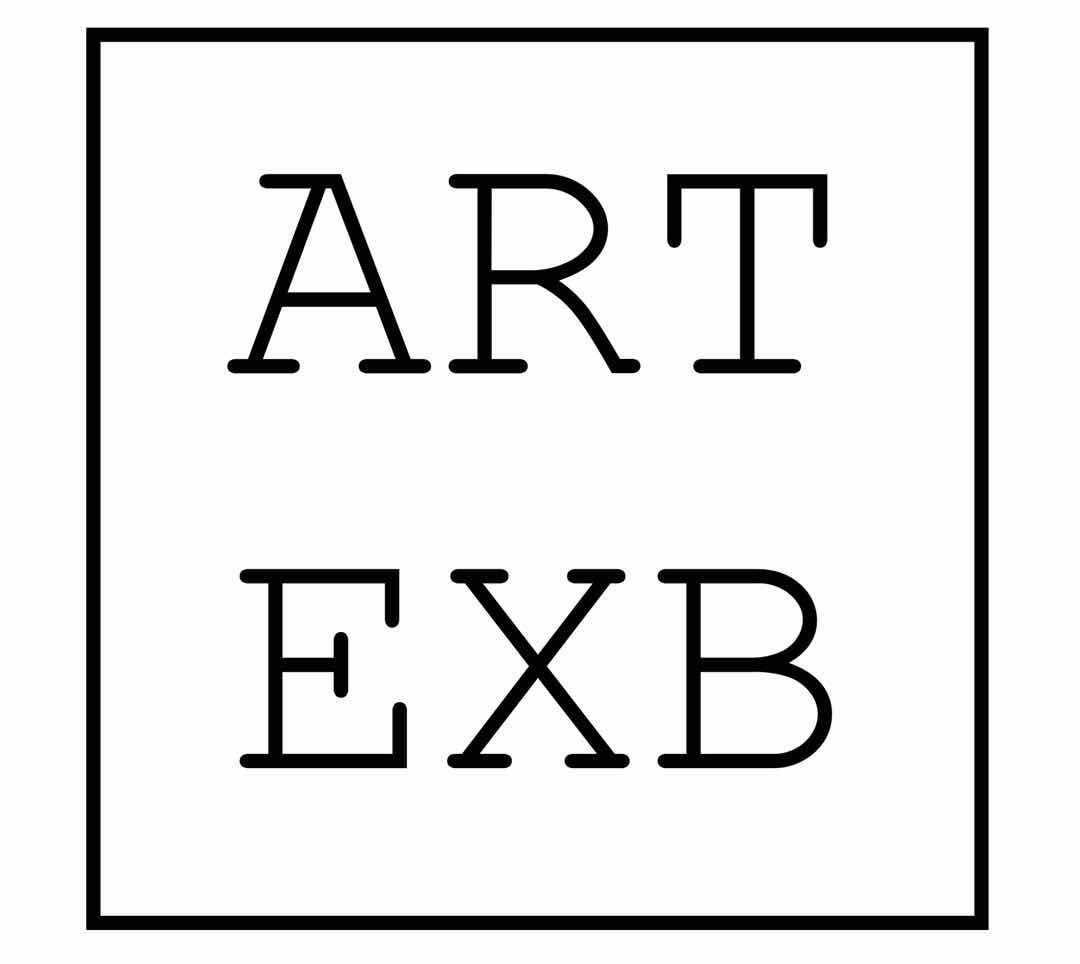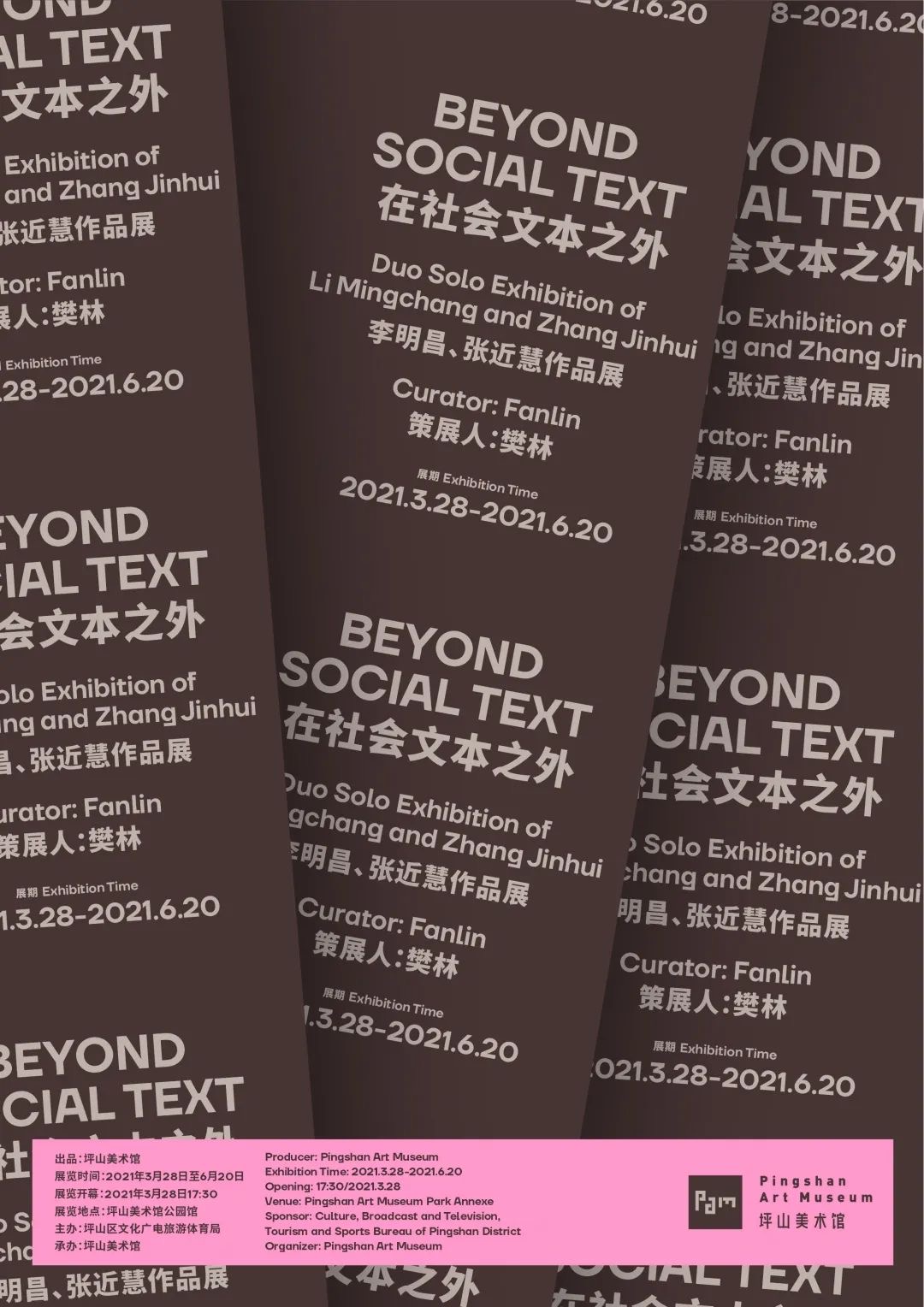Both Li Mingchang and Zhang Jinhui use oil paintings to illustrate the relationship between daily life and symbolism. These works may be perceived as social texts, which are combinations of signals, signs, and symbols. Simply looking at the objects and scenes described in these pictures, they’re all about the ancient styles of human, nature, and work, with everything being part of a song.
Some work is sacred, and thus will naturally be understood as the manifestation of sacred power. Beyond the natural forms, the continuous changes of human life are often incorporated into the progressive logic of rationality. In such a process, people’s values must be closely related to production and lifestyle. This connection is often overlooked whenever we encounter a stage of social transformation or rapid development. Artists use their own descriptions to reconfirm the relationship between concept and life, which is both a mission and a destiny.
Even in the current industrial society, agricultural ethics clearly exists. This kind of coexistence is manifested at least in our yearning for an ideal life. The description of traditional aesthetics will still be maintained despite our modernity: people live in harmony in the countryside and mountains. This yearning, when externalized as a representation, is an image of pastoral life and work scenes. In recent painting creations, this type of motif is easily confined to a large number of depictions that already existed in the art history, but these depictions are often presented with simple and straightforward languages that share similarities with documentary photography. The value and poetry of the work itself are, on the contrary, difficult for the artists to obtain through depiction.
Fortunately, we can meet some specific individuals who unanimously adhere to a series of values about the human spirit, highly relevant to our life. They’ll never perceive the relationship between people and nature as either backward or advanced. From the picture itself, there is no expression related to “realistic language” in the general sense. It neither portrays realistic scenes like photographs nor develops grand narratives with no crude cut-in and superficial mixing of traditions. Li Mingchang and Zhang Jinhui have handled the relationship between content and language calmly in their creations in recent years. In their depictions, the value and poetry of the work itself have been fully internalized.
Curator, Fan Lin

